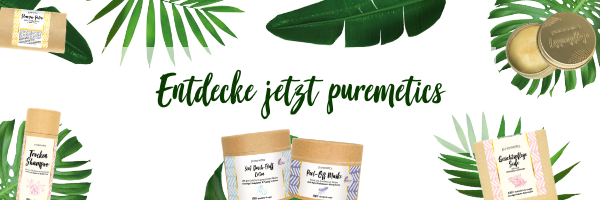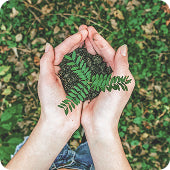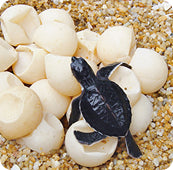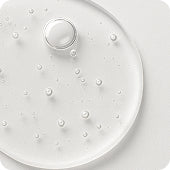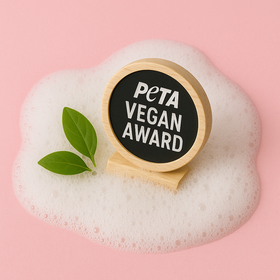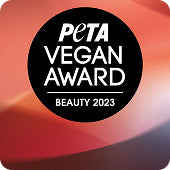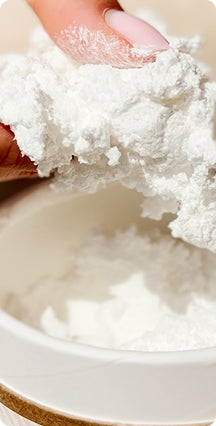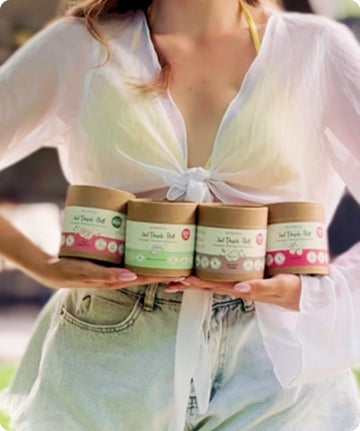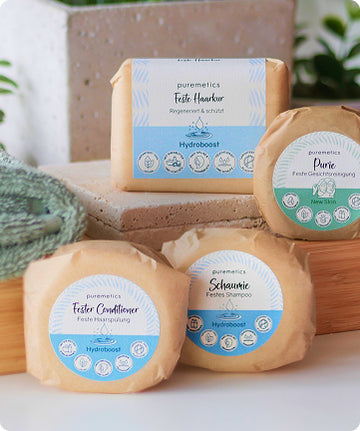packaging and their differences
packaging and their differences

Packaging that is never created in the first place is the best packaging. Sometimes that just can't be avoided.
But are plastic, glass, paper, tin cans and tetra-paks sustainable after all? What are we most likely to choose? We would therefore like to shed some light into the darkness. First of all: It is not at all easy to determine the “best” packaging. You can't really say that in general. We look at various factors: What is the packaging made of? How are raw materials obtained? How heavy is packaging and what about transport?
1. Plastic - the classic
Plastic packaging is everywhere. This packaging material can be found in large packaging in industry and in our everyday lives, in which we carry huge amounts of plastic home with us from shopping.
Plastic is very cheap and (unfortunately) has many practical properties, which is why it is still widely produced. Among other things, the light weight, easy formability, resistance to electricity, heat and water, but also the smooth surface that is easy to clean. For these reasons, plastic is often used in a wide variety of areas. For example, it protects sterile medical products such as disposable syringes or infusion bottles from external influences such as dirt and moisture.
We all know by now that we live with far too much plastic. We can no longer handle our plastic masses, plastic waste in the sea is becoming an ever greater problem and microplastics are already everywhere. Reason enough for a rethink to take place here.
How is plastic made?
Plastic is made from petroleum. This raw material does not grow back. That means it is finite. In order to extract crude oil, you have to drill into the sea or the deep seabed. There are special islands for this. Accidents on these islands spill large amounts of oil into the sea. The resulting consequences are horrific for nature and wildlife - everyone knows the photos.
Different types of plastic can be mixed together to have the "right plastic" for every purpose. Unfortunately, there is still no technology that can distinguish mixed plastic, which is why degradable plastic is also incinerated or ends up in foreign landfills. Also, plastic cannot be recycled indefinitely. Already after the first time it becomes cloudier and less attractive for packaging.
After all, there is now the possibility that bags or jackets can be made from recycled plastic - so this plastic is given a new life.
Plain text: Most plastic ends up in landfills or incineration and not, as hoped, in recycling plants. We therefore recommend that you always dispose of plastic parts separately.
2. Paper - the most sustainable packaging?
The good thing about paper: It is made from trees, a renewable raw material. If forests are managed responsibly, paper and cardboard can also be produced without destroying large areas. A PEFC or FSC certification guarantees resource-saving, sustainable and socially responsible forestry.
A real benefit is that paper is fairly easy to recycle. The quality of the recycled paper is good, making it suitable for many uses. For example for printer or toilet paper.
Paper is light, which is also an advantage for transportation. Unfortunately, it protects less against moisture, water, dirt and tear resistance. Anyone who has ever had to collect their purchases from the parking lot thanks to a torn paper bag knows this problem. In order to be just as tear-resistant and stable as a comparable plastic bag, paper would have to be significantly thicker and heavier.
Unfortunately, chemicals are often used to increase tear strength. This in turn makes recycling more difficult and dampens the sustainable aspect. This means that paper is not the perfect material either, as a lot of energy is used in the production and recycling process.
In some areas, however, paper packaging is already useful. For example with our plastic-free cosmetic products! :-) The packaging can be recycled and is therefore a great way to reduce plastic in everyday life.
3. Tetra Paks - What is that again?
We all know the practical juice and milk packaging that can be easily disposed of in the yellow sack/yellow bin. But do you also know what Tetra Pak packaging is made of?
One layer is made of paper, i.e. made of renewable raw materials. Another layer is made of plastic. There is also the lid, which is usually made of a different type of plastic.
These three components, which have to be separated from each other, increase the recycling effort. Unfortunately, many people do not know how to properly dispose of them in the yellow bag/bin, which is why only 1/3 of all Tetra Paks can be recycled.
One advantage of Tetra Paks, however, is that they are easy to transport due to their shape and weight. As a result, for example, less CO 2 is emitted than when transporting glass bottles.
4. And what about cans?
Canned goods are made of metal, right? No, unfortunately it's not that simple. The cans are made of either tinplate or aluminum. A large area of land is destroyed and a lot of water is contaminated for the production of aluminum. Production is also complex and energy-consuming. So if you can do without aluminum, you should! Be it aluminum foil or deodorant and hairspray cans.
...and be careful: the inside of food cans consists of a layer of plastic. So if you've ever heated a can of ravioli on a camping stove, the plastic may have melted and gotten into your food. This layer of plastic often also contains the substance BPA (bisphenol A), which can even go directly into the food in the case of very greasy food. It is believed that BPA has a negative effect on our hormonal balance.
But we have to admit that tin cans are easy to recycle. Nevertheless, we recommend doing without aluminum beverage cans the next time you go shopping.
5. Disposable glass
Glass consists of quartz, sand, soda and lime and has the highest recycling rate! It can be fully recycled many times in a row. The only disadvantage: it requires a lot of energy.
Glass is often used in the food industry because it is "food safe" and contains no harmful substances that can be transferred to food. Therefore, glass does not affect human health or the environment. However, glass is quite heavy and therefore relatively heavy to transport. If possible, care should therefore be taken to ensure that the glass comes from the surrounding area.
To make disposable glasses more sustainable, they should be reused as often as possible. You can cook jam or vegetables in it, for example. Use the jars for grocery shopping or to store small items such as screws. Every time you reuse a single-use glass, the environmental footprint of that packaging material improves.
What many people do not know is that all glasses that have not come into contact with food, such as drinking glasses, should not be disposed of in glass containers. Ceramics, mirrors, plates, etc. do not belong in the containers either, but in the residual waste. Only jars of food - for example jam, vegetables and beverage bottles - belong in glass containers. If the color is unclear, the glass should be thrown in the container for green glass, because this type tolerates "mistakes" the most.
Some lids on single-use jars have white or blue edges on the inside. The lids with a white border often contain BPA, while those with a blue border are BPA-free. This edge is also called the "Blue Seal".
The lids of disposable glasses, screw caps or corks do not belong in the glass container, but in the yellow bag/yellow bin or residual waste.
6. Returnable glass - oh yeah...
There is also reusable glass. This is often used for beverage bottles or yoghurt glasses. These are collected, rinsed out and distributed to the respective companies in order to refill them. This cycle takes place up to 50 times, particularly often with beverage bottles. With a transport distance of up to 600 km, reusable glass is still more ecological than Tetra Pak or one-way glass. Locally sourced returnable glass that has been bottled locally is definitely a very good packaging option.
In addition to reusable glass, there are also reusable plastic bottles for drinks. These are made out of quite sturdy material. It's hard to believe, but these PET bottles have a relatively good ecological balance, as they can be reused up to 20 times. Glass bottles are up to 50 times stronger, but plastic bottles are a lot lighter.
However, the health aspect should also be considered. If plastic bottles are exposed to the sun for too long, pollutants settle directly in the drink.
Quite a lot of facts, right? As you can see, not only the recycling and disposal options should be considered, but also hygiene as well as transport and energy during production.
If packaging is unavoidable, then maybe in returnable glass? Paper or disposable glasses are also good, sustainable options. Plastic should be avoided entirely if possible - you know! Aluminum is also produced under poor conditions and can be harmful to health.
Packaging that is never created in the first place is the best packaging.
If you would like to be informed directly about the latest blog posts, please follow us Instagram ! :-)

